Raise Capital
July 3, 2025
The Essential AI Startup Funding Guide 2025: Strategies for Success
The AI Startup Funding Guide 2025
AI is no longer a niche, it's the heartbeat of today's venture capital market, commanding a record-breaking $110 billion in funding in 2024 alone, according to Dealroom's latest analysis.
But while the headline numbers paint a picture of endless opportunity, the reality for founders is far more complex. Within the broader AI industry, startups face both unprecedented opportunities and significant challenges, from intense competition for talent to rapidly shifting market dynamics.

The bar has never been higher—or more nuanced. From soaring Series A expectations to the pitfalls of model overreach, and from building defensible data moats to exploring alternative funding routes like Regulation A+, today's AI founders need a comprehensive playbook.
If you're building an AI startup, you need more than great tech. You need to understand the new rules of fundraising, demonstrate real traction and defensibility, and navigate a crowded landscape where capital is both abundant and highly selective.
This guide breaks down what today's investors actually look for and how you can rise above the noise to raise on your terms.
The $100 Billion AI Funding Landscape: What Founders Need to Know
AI startups are no longer on the sidelines of venture capital—they're now the main event. In 2024, these companies captured over $100 billion in global VC funding, with multiple sources confirming this seismic shift: CB Insights reports $100.4 billion, while Stanford HAI's 2025 AI Index shows U.S. private AI investment alone reached $109.1 billion.
But beneath these headline numbers lies a more complex picture: soaring valuations, increasingly concentrated funding, and a growing divide between the giants and the challengers in the AI sector.
For founders navigating this rapidly evolving space, understanding the dynamics of today's AI funding landscape is essential to standing out, securing capital, and scaling with intention.
The Current State of AI Investment
In 2024, AI startups cemented their position at the center of global innovation by capturing approximately 33% of all global venture capital funding, according to both Crunchbase's year-end analysis and Statista research. This one-third share marks an inflection point where AI evolved from a niche interest to a dominant investment category.
Global startup funding overall reached $314 billion, but over $100 billion of that flowed directly into AI-focused companies, particularly those building generative tools, foundational models, and specialized infrastructure. In comparison, SaaS startups, which previously dominated venture capital investments, have seen a relative decline in funding as investor attention shifts toward AI and machine learning technologies, as HubSpot's analysis shows.
This surge was driven by growing demand for automation, productivity tools, and scalable AI platforms serving everything from finance to healthcare. Despite a broader slowdown in tech funding across other sectors, AI defied gravity, benefitting from strong narratives around efficiency, disruption, and competitive advantage.
The implications are clear: venture capital is being realigned around AI, and the companies that define the next phase of this technology wave will be shaped by this intense early investment cycle.
Sky-High Valuations: The New Normal
AI startups today command significantly higher valuations than their traditional software counterparts, often trading at revenue multiples that seem almost surreal.
According to Standard Metrics' Q3 2024 Benchmarking Report and Aventis Advisors' analysis, the median AI startup fetches valuation multiples that are 25–40% higher than non-AI peers, with the most speculative companies commanding premiums of 200× annual revenue.
This contrasts sharply with the 10–20× multiples typical of SaaS or legacy software firms, highlighting investors' willingness to pay a sharp premium for AI's growth promise. Take OpenAI, recently valued at nearly 40× its annual revenue—significantly higher than even hyperscale tech firms during the dot-com boom.
These sky-high multiples reflect a broader investor narrative: that AI platforms and model companies produce long-term strategic moats and exponential returns, even if current revenues remain modest. However, as Andreessen Horowitz notes in their revenue benchmarks analysis, cautionary voices are growing louder.
Analysts warn that revenue multiples aren't enough—AI firms must demonstrate real ROI, efficient compute economics, and long-term defensibility or risk a valuation reset.
The Concentration Problem: Winner-Take-All Dynamics
The growing popularity of AI has created a stark concentration problem. According to CB Insights' State of AI Report, a striking 69% of all venture capital invested in AI startups flowed into "mega-rounds"—financing events of $100 million or more.

This trend illustrates a growing winner-take-all dynamic in AI. Crunchbase's analysis reveals that in Q4 alone, mega-rounds represented over 80% of all AI funding, driving the year's total to a record $100 billion.
These capital infusions fuel everything from massive model training runs to next-gen data centers and toolchains, yet they also crowd out smaller, early-stage startups.
While early-stage AI investments remain numerous, nearly three-quarters of deals in 2024 were seed or Series A rounds, their share of total dollars is shrinking.
As funding becomes increasingly skewed toward mega-rounds, the ecosystem risks sidelining the diversity and experimentation that typically fuel long-term innovation.
How Smaller AI Startups Can Compete for Funding
Despite mega-rounds dominating the landscape, smaller AI startups can still compete effectively. According to Y Combinator's portfolio data and insights from leading VCs, these companies are succeeding by:
Leveraging proprietary data: More than half of VCs surveyed by NFX indicate that "quality or rarity of proprietary data" creates a durable moat.
Targeting vertical niches: As Bessemer Venture Partners outlines, domain-specific workflows allow startups to gather hard-to-replicate datasets and refine tailored models.
Building strategic partnerships: McKinsey's State of AI report shows that partnerships with cloud providers, industry incumbents, or standards bodies accelerate growth and establish credibility.
Adopting managed-service models: Rather than pure SaaS, companies gain deeper access to client data and build stronger feedback loops—much like Red Hat or Cloudera did in earlier open-source waves.
By zeroing in on proprietary data, vertical expertise, and service-first delivery, smaller AI companies can carve out defensible positions, even in a funding climate skewed toward large rounds.
Pre-Seed to Seed: Building Your AI Startup's Foundation
In today's funding environment, AI startups aren't just raising more—they're doing it earlier. According to First Round Capital's analysis and Y Combinator data, at the pre-seed stage, AI companies are consistently pulling in $500K to $2 million, far above the typical $250K to $1 million range for non-AI startups.
In fact, Edge Delta's research shows that nearly half of all AI pre-seed rounds in 2024 fell into the $500K–$2M range, reflecting how eager investors are to get in early on high-potential AI plays.
That extra capital gives founders more runway to build, train, and iterate—especially important in a space where infrastructure costs and technical talent can be steep.
But with bigger checks come higher expectations: AI founders need to show sharper milestones, faster traction, and clearer paths to defensibility right from day one.
Essential Metrics and MVP Milestones for AI Funding

In 2025, venture capitalists expect AI startups to demonstrate clear progress through both measurable business metrics and concrete technical milestones.
Andreessen Horowitz's AI playbook and CB Insights' AI 100 methodology reveal what investors prioritize:
Key Business Metrics:
- Model Performance Stability: Consistent, reliable AI output over time that proves robustness in real-world settings
- Go-to-Market Efficiency: As Standard Metrics reports, effective customer acquisition with CAC payback under 12 months
- Unit Economics: Healthy margins with LTV:CAC ratios exceeding 3:1
- Proprietary Data Ownership: Access to unique, high-quality datasets that provide competitive advantage
- Proven Demand: Demonstrated customer validation through pilots or early revenue
Critical MVP Milestones:
- Functional prototype showcasing core AI capabilities
- Successfully trained models with relevant, high-quality data
- Seamless integration with customers' existing workflows
- Architecture designed for scalability
- Early user feedback validating product-market fit
- Access to programs like Google Cloud's Trusted Tester Program for competitive edge
The Importance of Proprietary Data and Model Differentiation
In today's competitive AI landscape, proprietary data and model differentiation are critical levers for startup success. As Harvard Business Review argues, AI alone won't provide sustainable competitive advantage—it's how you apply it that matters.
Andrew Ng's research on data-centric AI emphasizes that data quality often matters more than model sophistication.
Startups that embed continuous feedback loops and tailor their models through fine-tuning, machine learning, or Retrieval-Augmented Generation (RAG) deliver context-rich, domain-specific outputs that generalist models can't match.
Bessemer Venture Partners' framework for building vertical AI businesses shows that this kind of differentiation doesn't just improve performance—it creates customer lock-in, justifies premium pricing, and signals long-term value to investors.
Navigating Series A: The $16M Advantage for AI Startups
AI startups are raising significantly larger Series A rounds than their non-AI peers. With a median raise of $16 million—more than double the $7 million typical for other startups according to Aventis Advisors' analysis—AI companies are expected to justify the capital with real traction, standout performance, and scalable infrastructure.
Why AI Startups Secure Twice the Series A Funding

The numbers tell a compelling story. According to comprehensive data from CB Insights and Crunchbase, here's why investors are writing bigger checks:
- Higher risk, higher potential: AI ventures show a 128% increase in round size from seed to Series A, reflecting their scaling dynamics
- Costly technical teams: Building AI products requires expensive talent—researchers, engineers, data scientists—leading to larger burn rates
- Massive market opportunity: McKinsey estimates AI could add trillions to the global economy
- Validation through traction: AI startups reaching Series A typically have working models, early customers, and meaningful datasets
Required Traction Metrics
For AI startups aiming to secure funding and scale effectively, demonstrating strong traction across key performance indicators is essential. Based on a16z's benchmarking data and insights from Y Combinator's guide, investors look for:
- Annual Recurring Revenue (ARR): $1-3M for Series A, with top performers reaching $50M+ within 6-12 months
- User Growth: 20-30% month-over-month growth in active users
- Model Performance: 90%+ accuracy for classification tasks, sub-second inference times
- Customer Retention: Net revenue retention above 120%
- Pipeline Velocity: 3-6 month sales cycles for enterprise deals
Building Your Data Moat
In the AI landscape, establishing a robust data moat is crucial for sustainable growth. Stanford's research on situated AI and NFX's network effects framework highlight key strategies:
- Develop Proprietary Algorithms: Enhance base models with specialized fine-tuning and hybrid approaches
- Build Unique Data Advantages: Create self-improving systems through user-generated data loops
- Leverage Network Effects: Build platforms where user contributions enhance product value over time
- Focus on Vertical Integration: Deep domain expertise creates barriers to entry
Alternative Funding Routes: Beyond Traditional VC
When to Consider Reg A+ Over Traditional VC Rounds
If you're looking to raise serious capital without giving up control, consider Regulation A+, which allows you to raise up to $75 million from both accredited and non-accredited investors.
Reg A+ can be particularly effective if you've already built early traction and cultivated a user base that believes in your vision. Data shows that successful Reg A+ campaigns often come from companies with:
- Strong community engagement or consumer brands
- Validated products with early revenue
- Founders prioritizing long-term control
- Existing user bases that can become investors
- Clear paths to profitability without hyper-growth pressure
Building Community Support for Your AI Startup
If you're leaning toward a Reg A+ raise, your community becomes your investor pipeline. Forbes Tech Council research shows that well-built communities drive product adoption, user feedback, and investor interest. Here's how to build yours:
- Choose the right platform: Discord, Slack, or specialized forums based on user preferences
- Create value, not noise: Share insights, progress updates, and real AI use cases
- Make community discoverable: Link prominently on your website and in onboarding
- Activate early advocates: Feature power users and run regular AMAs
- Host interactive sessions: Monthly Q&As, demos, and roadmap previews
- Use feedback loops: Show how community input shapes decisions
- Celebrate wins: Highlight user success stories and milestones
Other Alternative Funding Options
Beyond Reg A+, AI startups have several funding alternatives:

Government Grants: SBIR/STTR programs offer non-dilutive funding up to $2M, with NSF's America's Seed Fund specifically targeting AI innovations.
Revenue-Based Financing: Companies like Arc and Capchase provide capital based on recurring revenue, ideal for AI SaaS companies with predictable income.
Corporate Venture Capital: CB Insights reports that CVCs participated in 25% of AI deals in 2024, offering strategic value beyond capital.
Avoiding the Top 7 AI Funding Mistakes That Kill Rounds
Based on analysis from First Round Capital, DocSend's pitch deck data, and insights from failed startups, here are the critical mistakes to avoid:
- Over-relying on "proprietary" models: VCs look for how your solution solves real problems, not just model novelty
- Going too broad too soon: Waveup's analysis shows that ambitious full-stack platforms often lead to execution delays
- Underestimating infrastructure costs: Not budgeting for compute power leads to performance bottlenecks
- Misaligning technical and business goals: Your roadmap must tie technical milestones to user benefits
- Overpromising on capabilities: Exaggerated claims about accuracy or scalability damage credibility
- Ignoring ethics and compliance: AI bias and privacy issues can become reputational nightmares
- Lacking clear product-market fit: Without paying pilots or retention data, rounds stall
Carta's startup mortality report shows a 25.6% increase in startup failures in 2024—many due to these preventable mistakes.

The Path Forward: Owning the AI Opportunity
The AI funding landscape has never been more promising—or more demanding. With over $100 billion pouring into the industry in 2024, according to Stanford HAI's comprehensive analysis, the opportunity is real.
CB Insights' 2025 outlook suggests that generative AI and specialized applications will continue driving investment, with healthcare, financial services, and enterprise software leading adoption.
Whether you're eyeing a traditional Series A, considering a Reg A+ path, or bootstrapping through early milestones, your biggest advantage is staying grounded in what matters:
- A unique data moat
- Clear product-market fit
- Scalable infrastructure
- A community that believes in your vision
As Sequoia Capital's generative AI thesis notes, we're entering "Act Two" of the AI revolution—where execution matters more than promises, and sustainable business models beat hype.
The capital is out there. The question is: are you building something worth betting on?

Your submission has been received. We will reach out to you via email to schedule a call.
Oops! Something went wrong while submitting the form.





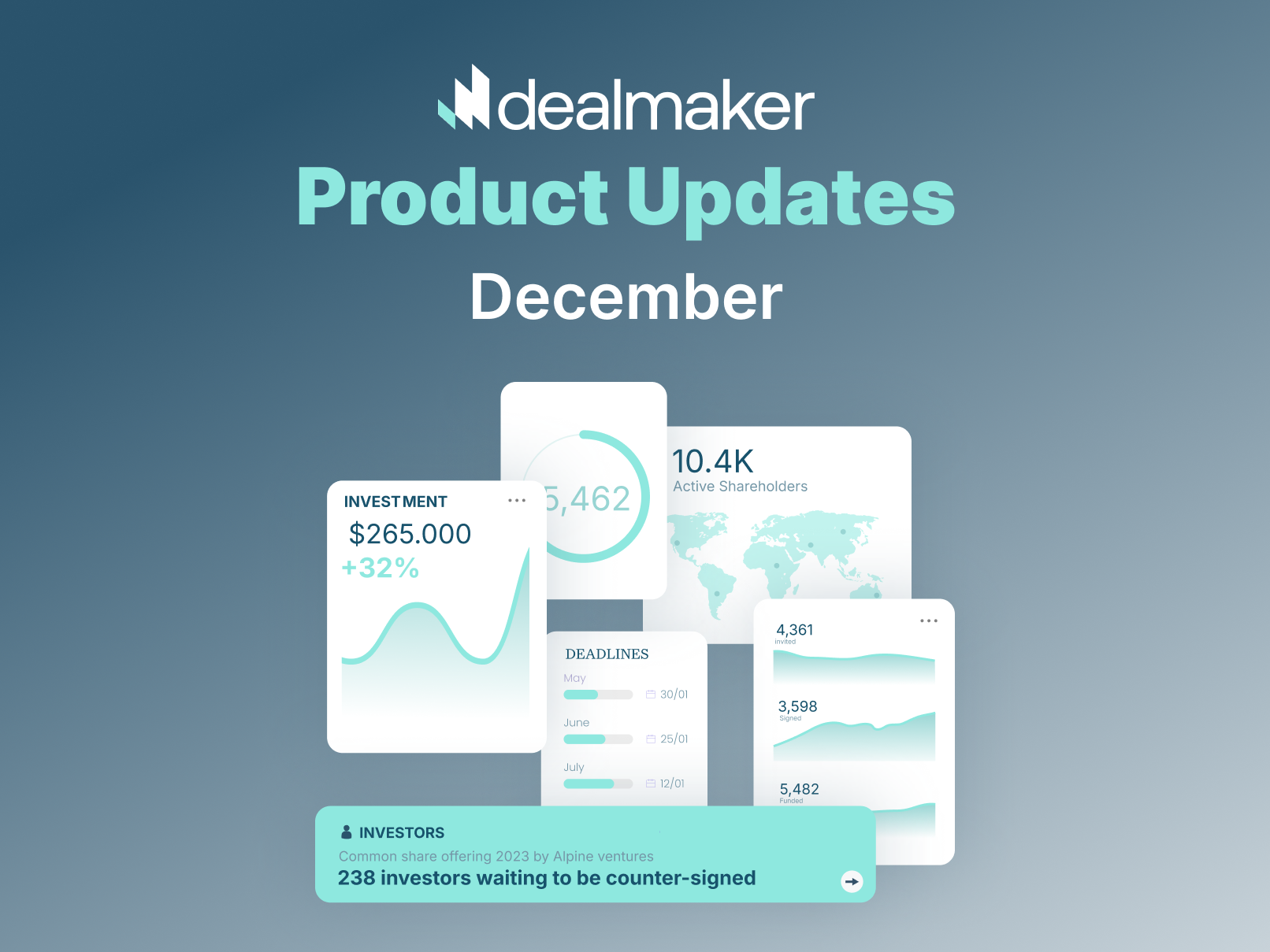
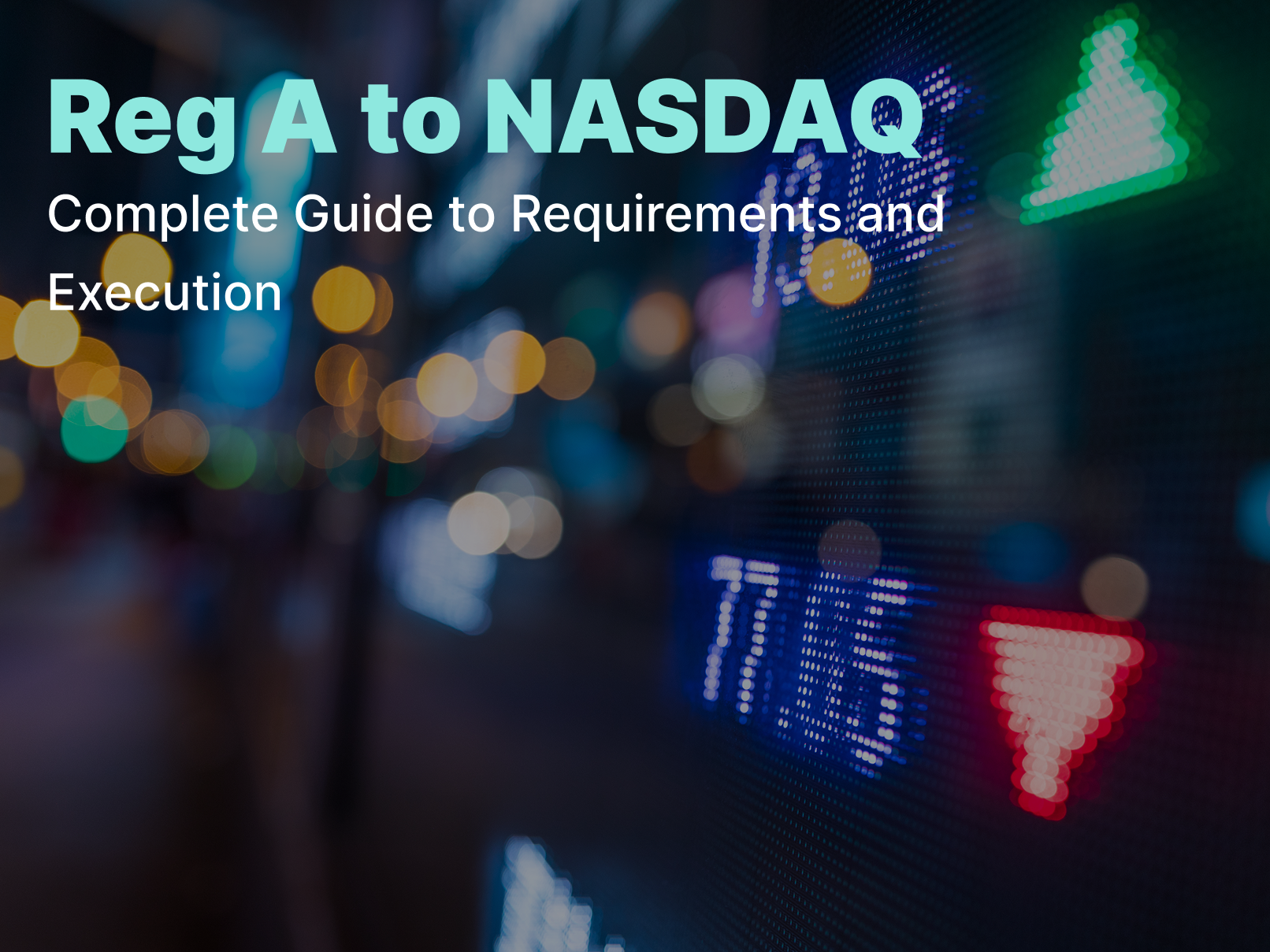
.png)
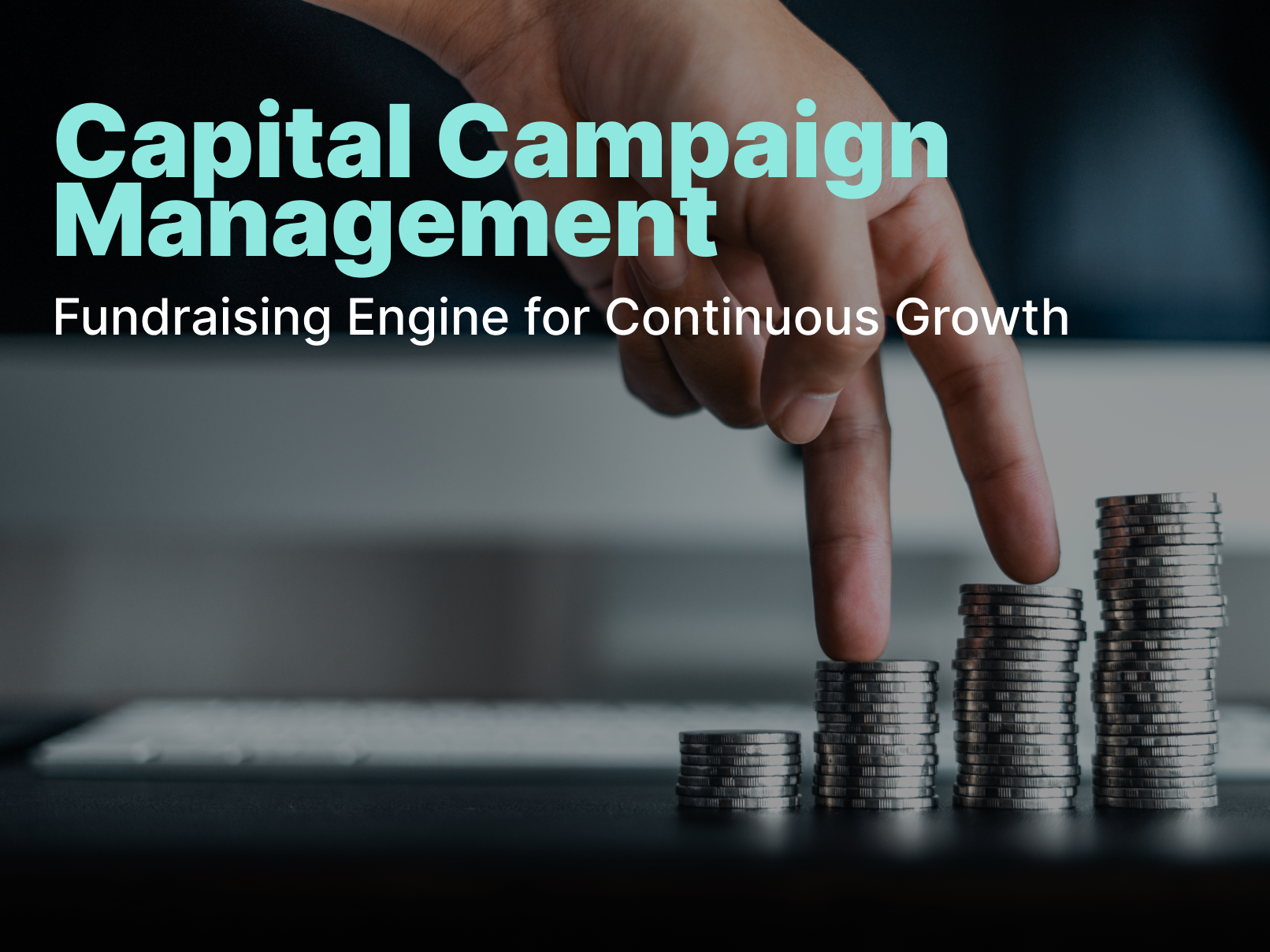
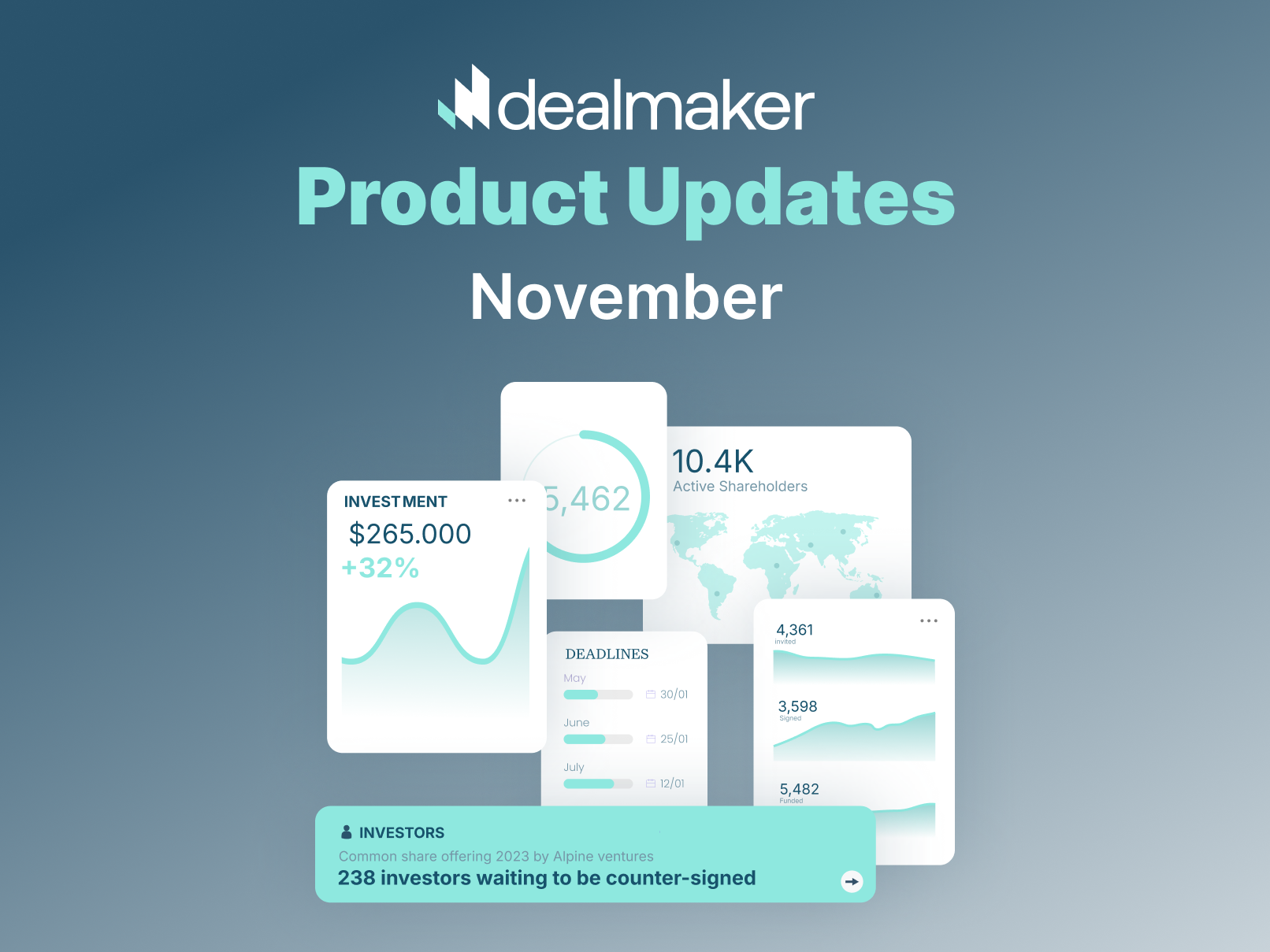

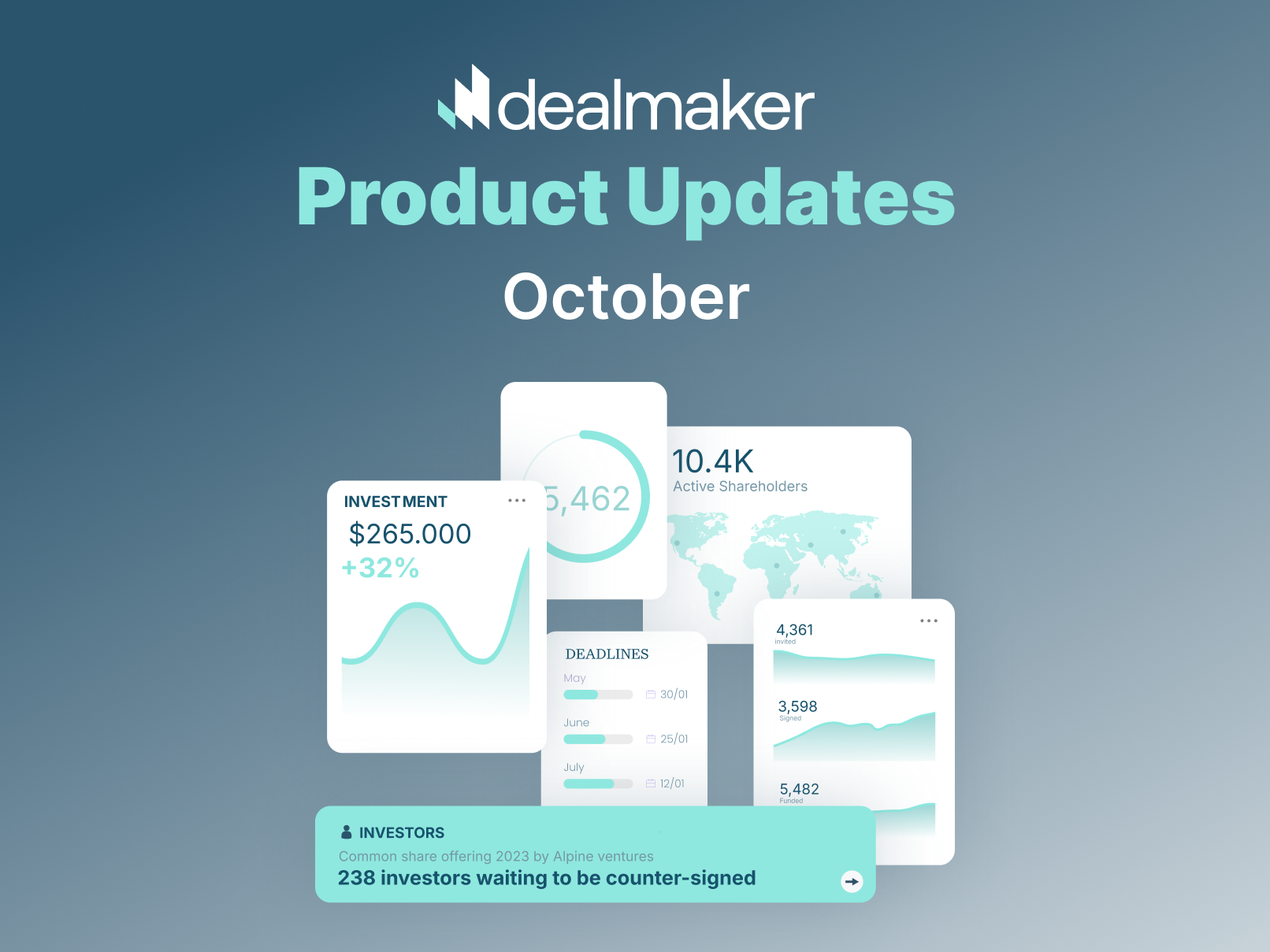
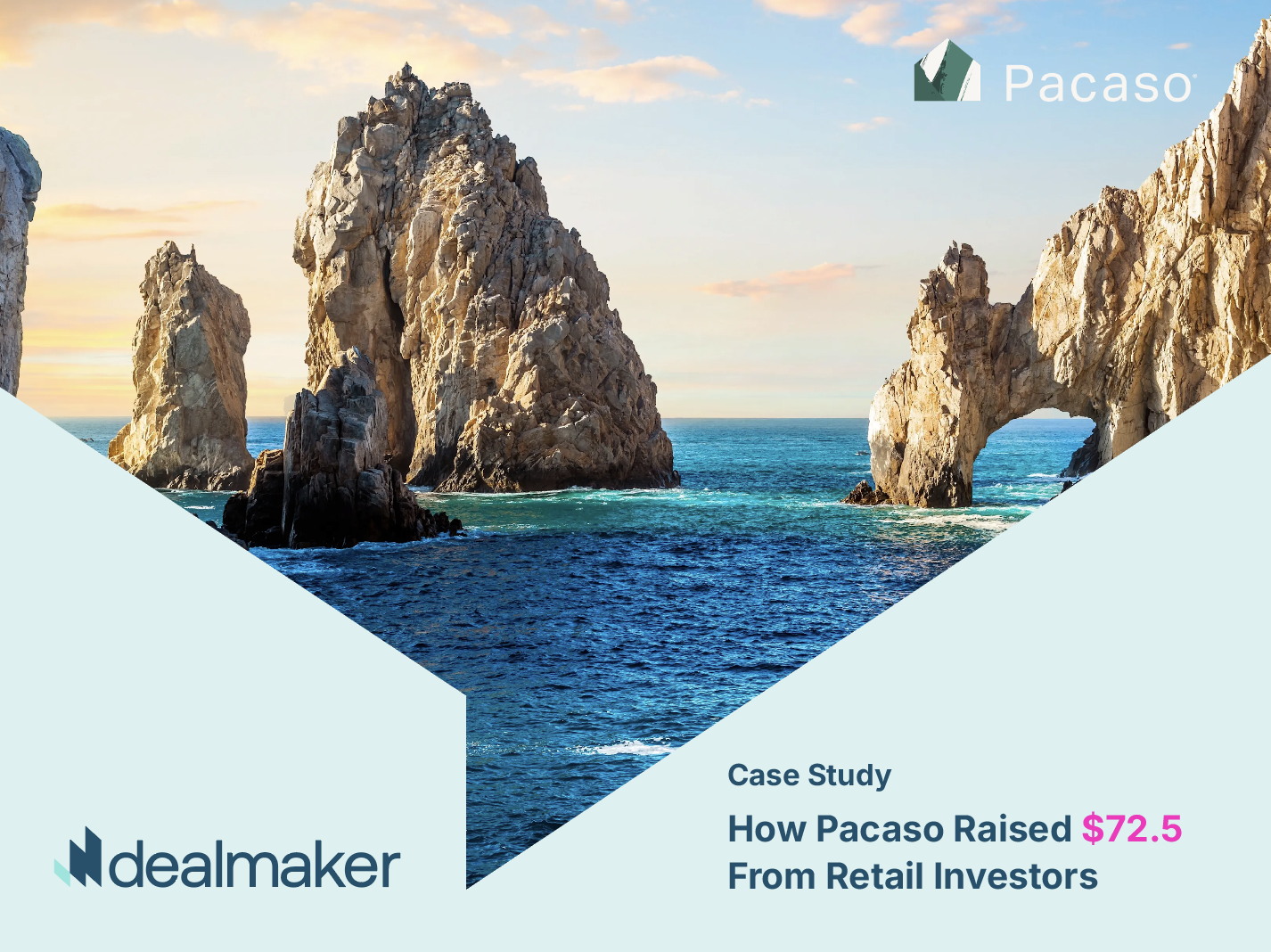
.webp)
.webp)
.webp)
%20(1).webp)